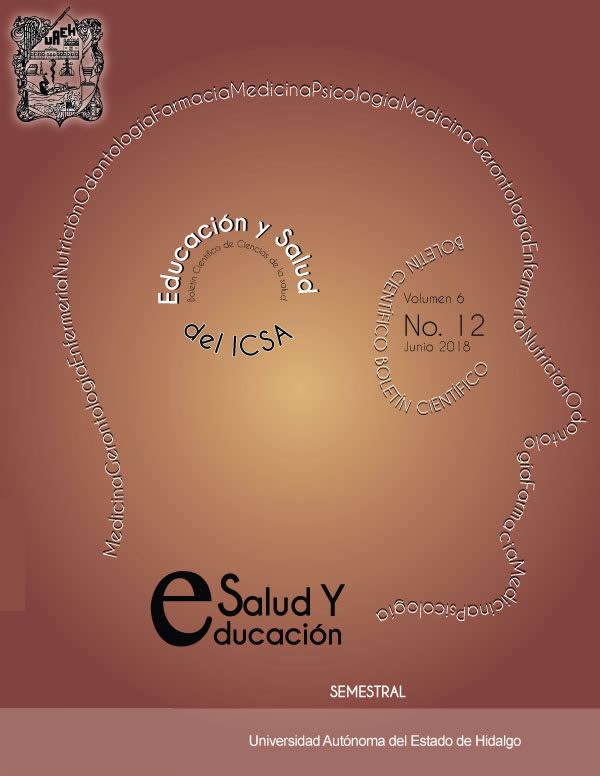Efecto metabólico de los minerales asociados al control glucémico de las personas que viven con diabetes, contraindicaciones y recomendaciones
DOI:
https://doi.org/10.29057/icsa.v6i12.3097Keywords:
minerals, trace elements, metabolic control, glycemic control, diabetes, therapeutic potentialAbstract
The minerals or trace elements play a transcendent role in the physiology, composition and structure of the body, its deficiencies or excesses would cause havoc on the health of people, 50% is calcium and 25% phosphorus, 5 macrominerals; Mg, Na, K, Cl, S and the 11 microminerals; Fe, Zn, I, Se, Mn, F, Mb, Cu, Cr, Co and B make up the remaining 25%. In this article, each of the minerals is mentioned and its importance is emphasized at the metabolic level in terms of glycemic control in people living with diabetes, in addition, recommendations are made and contraindications are indicated. Likewise, information is presented to facilitate the understanding of the cellular and biochemical mechanisms on the trace elements, this allows re-directing the interest in its therapeutic potential.
Downloads
Publication Facts
Reviewer profiles N/A
Author statements
Indexed in
- Academic society
- N/A
References
Wiernsperger N, Rapin J. Trace elements in glucometabolic disorders: an update. Diabetol Metab Syndr. 2010. 19(2):70.
Gómez, G.A., Magaña, G.P. Papel del cromo y del cinc en el metabolismo de la insulina. Rev Med IMSS. 2004. 42 (4): 347-352.
Slucca M, Harmon JS, Oseid EA, Bryan J, Robertson RP. ATP-sensitive K+ channel mediates the zinc switch-off signal for glucagon response during glucose deprivation. Diabetes. 2009. 59(1):128-134.
McCormick NH, Velasquez V, Lopez V. Zinc in specialized secretory tissues: roles in the pancreas, prostate, and mammary gland. Adv Nutr, 2011. 2(2):101-111.
Jayawardena R, Ranasinghe P, Galappatthy P, Malkanthi R, Constantine G, Katulanda P. Effects of zinc supplementation on diabetes mellitus: a systematic review and meta-analysis. Diabetol Metab Syndr, 2012. 4(1):1-11.
Armendariz-Anguiano, A.L., Bacardí-Gascón, M., Jiménez Cruz, A. Evidencias del efecto del cromo en personas con diabetes: revisión sistemática. Rev Biomed, 2007. 18:117-126
Balk EM, Tatsioni A, Lichtenstein AH, Lau J, Pittas AG. Effect of chromium supplementation on glucose metabolism and lipids: a systematic review of randomized controlled trials. Diabetes Care, 2007. 30(8):2154-2163.
Kim DJ, Xun P, Liu K, Loria C, Yokota K, Jacobs DR Jr, He K. Magnesium Intake in Relation to Systemic Inflammation, Insulin Resistance, and the Incidence of Diabetes. Diabetes Care. 2012. 33(12):2604-2610.
Stranges S, Sieri S, Vinceti M, Grioni S, Guallar E, Laclaustra M, Muti P, Berrino F, Krogh V. A prospective study of dietary selenium intake and risk of type 2 diabetes. BMC Public Health, 2010. 10:564.
Liu Q, Sun L, Tan Y, Wang G, Lin X, Cai L. Role of iron deficiency and overload in the pathogenesis of diabetes and diabetic complications. Curr Med Chem, 2009. 6(1):113-129.
Swaminathan S, Fonseca VA, Alam MG, Shah SV. The role of iron in diabetes and its complications. Diabetes Care, 2007. 30(7):1926-1933.



















